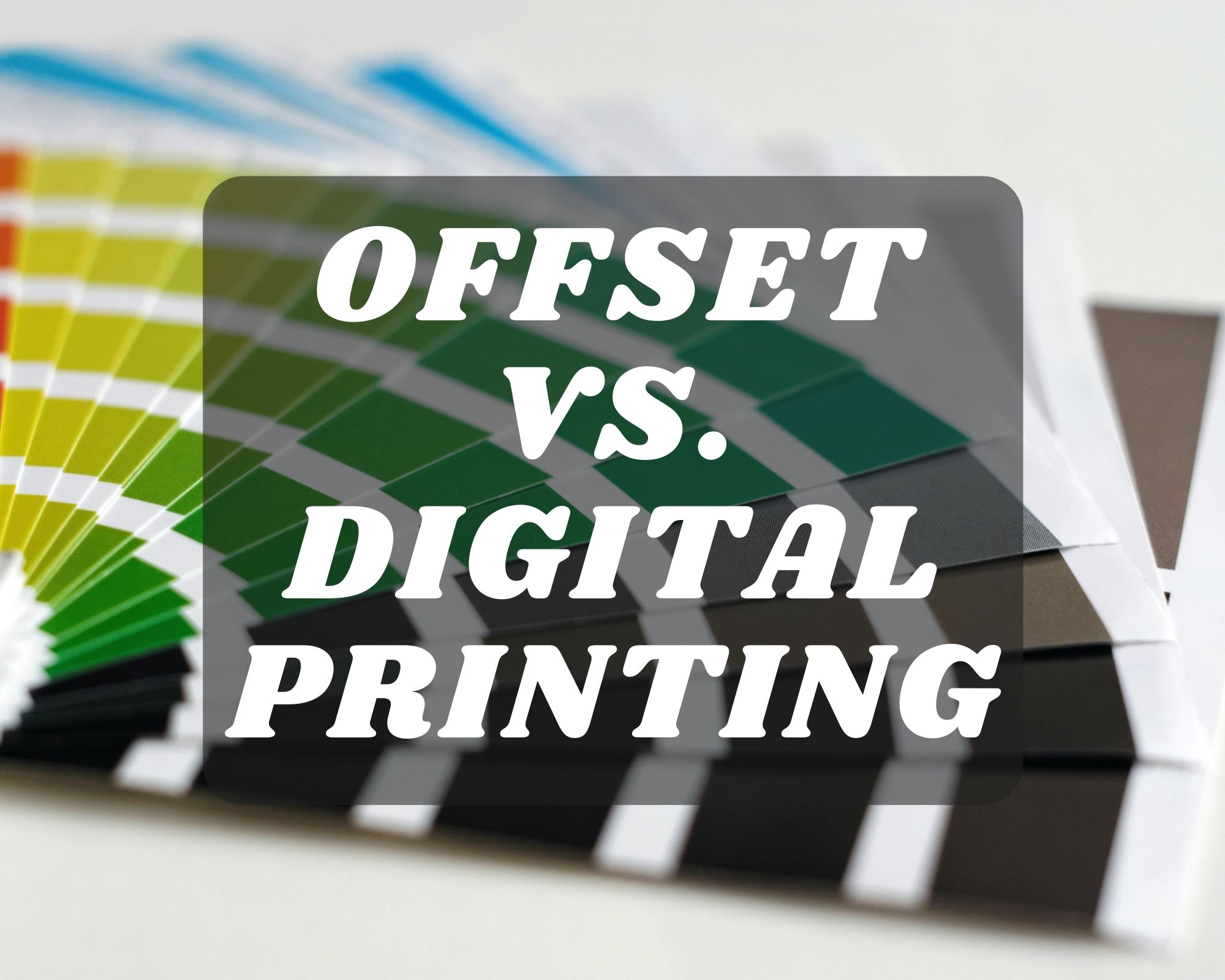We are often asked how SunDance determines if a project should be produced using digital or offset technology. One of the driving factors is order quantity. Assuming there is no variable data such as personalization which would require the use of digital technology, Offset printing will yield a lower unit cost on higher order quantity projects, but there are higher upfront costs involved in getting the first sheet off the press. The distribution of the upfront costs over a greater quantity is commonly referred to as economies of scale which result in a lower unit cost than digital can provide.
What is Offset Printing?
Offset printing, also referred to as lithography, requires a series of steps and materials not required by the digital printing process. The lithography process utilizes specialized printing plates which carry and transfer the image to the paper by means of a press blanket. The blanket is made from a precision milled, hard rubber which receives the image from the plate and transfers that image to the paper. The image, as it appears on the blanket is reversed like that of a mirror and transferred to the paper as the sheet passes between the cylinders resulting in a positive image printed on the sheet. This two-step image transfer process is where the term offset printing derives.
Cost Factors:
Once the initial file preparation is completed, digital printing requires about the same amount of effort as a copy machine. Select the substrate and quantity to print, then push the print button. Of course, the technology of the digital press is far more capable and complex than that of a copier, but the principle is the same. This allows for very low cost reproduction on short run projects as the upfront costs are minimal so economies of scale are not required to lower the unit cost. Unfortunately, the speed at which these images are reproduced also shares the limitations found in copiers. Many digital presses are only capable of achieving speeds of 4,000 sheets per hour. Offset presses commonly reproduce images at the rate of 15,000 press sheets per hour with multiple images on that press sheet increasing the net yield exponentially. This is where economies of scale truly bring enormous benefits to the unit cost.
Economy of Scale:
Below is a table reflecting the power of economy of scale. The project reflects a standard 8.5x11 flyer printing 4 colors one side. Minimal material and preparation costs have been included, but no labor. The table is meant merely to illustrate the savings based upon speed and quantity. The digital process assumes printing 2 images on the sheet while the offset process reflects 8 images on the sheet and is based on the standard formats for each process.
|
Process |
Order Quantity |
Sheet count |
Speed |
Run Time (Hours) |
Approximate Cost |
Unit Cost |
|
Digital |
500 |
250 |
4000 |
0.0625 |
$87.81 |
$0.1756 |
|
Offset |
500 |
62.5 |
15000 |
0.0042 |
$201.35 |
$0.4027 |
|
|
|
|
|
|
|
|
|
Digital |
10000 |
5000 |
4000 |
1.2500 |
$236.25 |
$0.0236 |
|
Offset |
10000 |
1250 |
15000 |
0.0833 |
$227.08 |
$0.0227 |
|
|
|
|
|
|
|
|
|
Digital |
50000 |
25000 |
4000 |
6.2500 |
$861.25 |
$0.0172 |
|
Offset |
50000 |
6250 |
15000 |
0.4167 |
$335.42 |
$0.0067 |
Have more questions or want to learn more about offset printing? Call us at 407-734-7444 or request a quote today!












